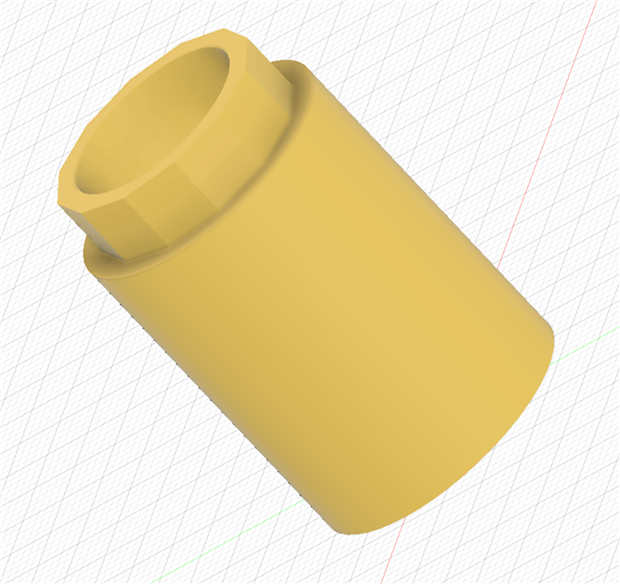This is the 5th year I have held Robot Summer Camp for my grandchildren and there were 2 full-time campers and 1 part-time. They don't really camp, but one has to sleep on the couch :-).
The purpose of Robot Summer Camp is to have some fun and give the kids some extra exposure to science, making stuff, and the outdoors. We go for a walk every day, read for at least 30 minutes, build something, and do things with science or electronics/programming. This year in the more technical categories we:
- Made Lego WeDo 2.0 Robots
- Programmed in Scratch
- Looked through the microscope at leaves and flowers
- "Invented" a new part for Marble Run
My older granddaughter who has not expressed much interest in electronics or robots in the past was really interested in Lego WeDo and Scratch this year. Great! My grandson who has always had an interest in robots and programming has become obsessed with Nintendo. That seems to happen to all of them. There was an unfortunate accident which I believe to be child-related with the Raspberry Pi Camera I hooked up to my microscope so that it became non-working which was a disappointment. But we were still able to look through the eyepieces. The leaves we picked up were particularly interesting to me. Not so much the kids :-).
I asked my daughter to have the two older kids think of something they wanted to build several days before the camp, but they showed up without any ideas. Should have handled that myself :-). However, the youngest child and I came up with an enhancement for a marble game that the kids like to play with when they come to visit.
Marble Run has various plastic parts that can be put together in a kind of marble maze. When building a structure it seems like there are never enough columns as pointed out by the youngest child. So we 3D printed some more columns. If you aren't familiar with Super Marble Run, here is a short 20-second video that shows an abbreviated marble setup.
The kids are gone now so there is only Bender for companionship as seen in the video. The 3D modeling was done in Fusion360 and is fully parametric so that tolerances can be tweaked and different length columns printed. They say you can't put a decagon peg into a round hole but that is exactly what the makers of Super Marble Run did.
Somewhat to my surprise, the first print came out and worked just fine. The shape of the decagon seems to allow a snug fit without the tolerance problems that can arise when trying to print a rounded shape for a hole. I'll have to remember that. Another thought was that we could further enhance the game by adding LEDs that blink when a marble passes, a timer, ways to release multiple marbles, etc.
Anyway, it was a successful Robot Summer Camp. I have more luck when using educational products like Scratch and Lego WeDo than developing my own teaching materials. The kids like to build stuff - I need to have more prepared in that regard. And once again my appreciation for teachers that somehow manage classrooms full of kids has grown.


Top Comments
-

genebren
-
Cancel
-
Vote Up
+2
Vote Down
-
-
Sign in to reply
-
More
-
Cancel
Comment-

genebren
-
Cancel
-
Vote Up
+2
Vote Down
-
-
Sign in to reply
-
More
-
Cancel
Children